February 01, 2021 | 22:40 (GMT+7)
Beauty of Vietnam's traditional craft villages captured
PANO - Photographer Cao Thi Ngoc Diem from Ho Chi Minh City has travelled to various places to capture the beauty of national traditional craft villages, showcasing Vietnamese cultural and human values.
    |
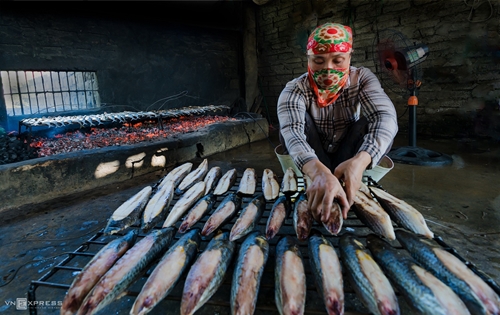 |
|
A woman in the picture is preparing grilled fish in Quynh Luu district, Nghe An province, home to about 50 fish baking households. Fresh mackerel and herring are collected, cleaned and arranged in rows under the sun before they are grilled with charcoal. Each batch of fish is grilled for 10 - 15 minutes. Each day, residents grill 100-300 kilograms of fish, bringing in an income of nearly VND 200,000 per person. |
    |
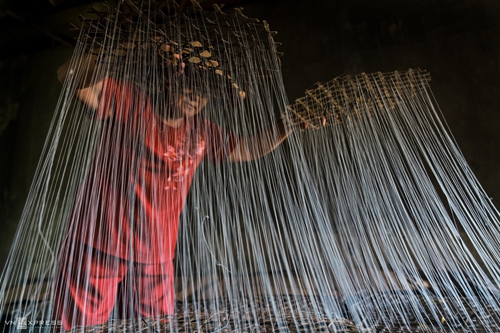 |
|
The profession of making sugar candy is a famous specialty of Nghia Dong commune, Quang Ngai city. This type of sugar is crystallized like quartz minerals. |
    |
 |
|
The peaceful beauty of Tra O Lagoon, a duck raising place in Phu My district, Binh Dinh province. Raising ducks for eggs is a popular practice in many rural areas of the country, helping many households increase their income and improve their living standards. |
    |
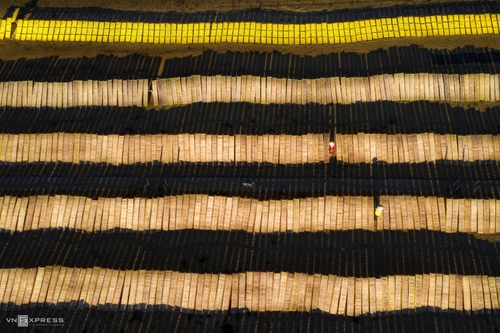 |
|
Binh Dinh is also famous for dried noodle making in An Thai Commune. As Tet, Vietnam's biggest holiday, is coming, the village is busier than ever to meet the growing demand for dried noodles. |
    |
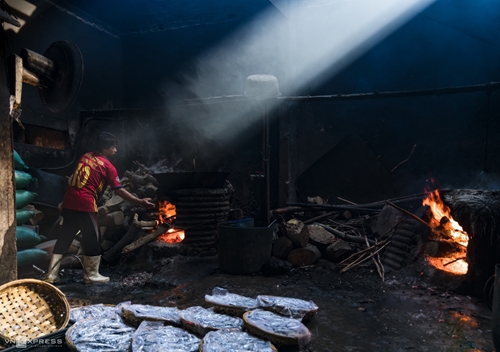 |
|
In addition, Quy Nhon has been home to a fish-steaming village for more than half a century, as it is near a fish market at Ham Tu Wharf. Boats carrying fresh fish are typically operated by families involved in the steaming business. After cleaning and preliminary processing the fish they are put in an oven with boiling water. The steamed water is specially formulated to ensure the rich taste of sea fish. The steaming time can be adjusted to ensure the meat is chewy and delicious. |
    |
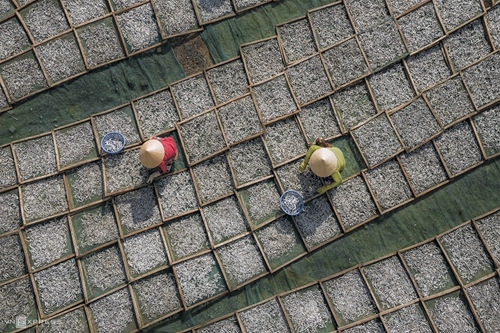 |
|
In addition to salt making, Ninh Thuan province is famous for anchovy-making in Ninh Hai District. This village is located on the road to Vinh Hy Bay - Binh Tien, about 20 kilometers east of Phan Rang-Thap Cham, the provincial capital. Along both sides of the road, visitors can see anchovy blisters dried in rows, a distinctive local feature. Anchovy harvest season lasts from April to August every year. After being caught, the fish are soaked in salty water, then placed in the oven for about five minutes before being dried. After four to five hours of being dried under the sunshine, the anchovy blisters are picked and packed for sale. |
    |
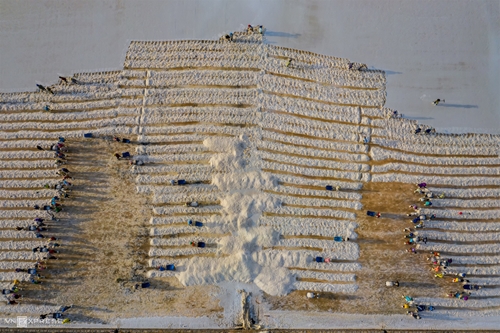 |
|
Visitors to Ninh Thuan can experience salt making in Ninh Hai District. Working in salt fields is a strenuous job. Workers first have to store water and prepare the ground for the drying process before they then let saltwater into the field. During the annual salt making season from January to June, workers start their day at 4 a.m. and try to finish as soon as possible to get away from the scorching sun. |
    |
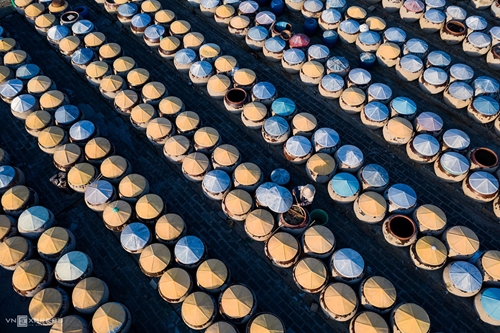 |
|
The coastal town of Phan Thiet in Binh Thuan Province, a neighboring city of Ninh Thuan, has been home to fish sauce making villages for decades, namely Thanh Hai, Phu Hai, Duc Thang and Ham Tien. The main ingredient in fish sauce is anchovy. In addition to making fish sauce in a tent, Phan Thiet fish sauce is also brewed in a jar. Phan Thiet salt has a high concentration of pure, high salinity which helps keep fish from decaying so as to ensure high-quality fish sauce. |
    |
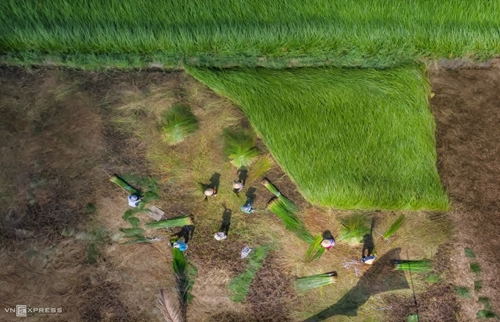 |
|
Workers harvest Lepironia articulata grass in a field in Vung Liem District of the Mekong Delta province Vinh Long. Lepironia articulata grass is widely grown by farmers, replacing traditional wet rice in Vung Liem. |
    |
 |
|
Located across a canal in Mang Thit District of Vinh Long Province, this century-old village is known as the biggest and most famous brick manufacturing place in the Mekong River Delta. Spread across a total 3,000 hectares, around 1,300 kilns remain in operation. |
    |
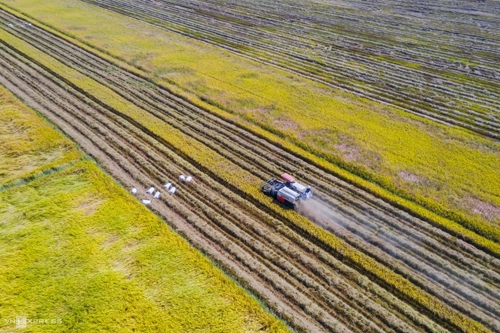 |
|
Rice is harvested using a combination reaper in a Co Do District field to the west of Can Tho City in the Mekong Delta. The nation's most fertile region, the delta has been called Vietnam's rice granary and the country's aquaculture hub. |
Source: VnExpress
Translated by Song Anh